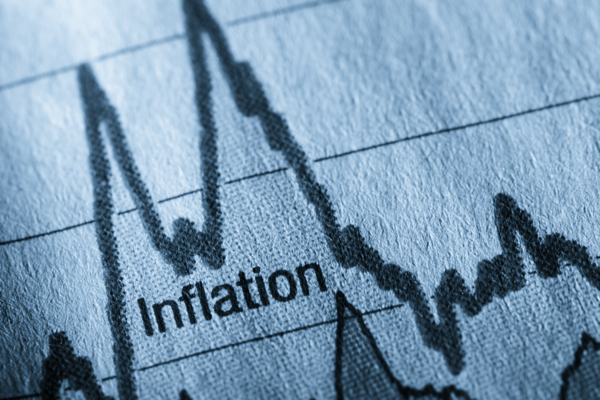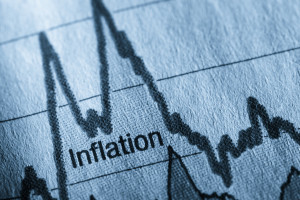
U.S. producer prices rose for the first time in three months amid a surge in gauges reflecting airfares and rail-transportation costs, a Labor Department report showed Wednesday in Washington.
HIGHLIGHTS OF PRODUCER PRICES (SEPTEMBER)
Key Takeaways
The monthly increase in the broad index stemmed partly from a 1.8 percent rise in transportation and warehousing services, a record in data back to 2009. That reflected a 5.5 percent jump in the category of airline passenger services, also a high in figures dating to 2009, while rail transportation of freight and mail was up 1.4 percent, the most since 2012.
Overall, services prices increased 0.3 percent while the cost of goods fell 0.1 percent, reflecting declines in both food and energy. The decrease in goods prices was the first since May 2017.
While the figures — which highlight wholesale and other selling prices at businesses — are less prominent in investors’ minds than the consumer price index out Thursday, they illustrate how changes in input costs are feeding into inflation. PPI reports have limited usefulness in predicting the monthly CPI reports, JPMorgan Chase & Co. economists said in a recent note.
Amid trade tariffs and retaliatory levies, inflation pressures are being closely watched, particularly for signs of how likely they filter through production pipelines and on to businesses and consumers. Benchmark Treasury yields have climbed to multi- year highs this month amid investor expectations that the Federal Reserve will continue raising interest rates to the point of eventually restricting growth.
Other Details

